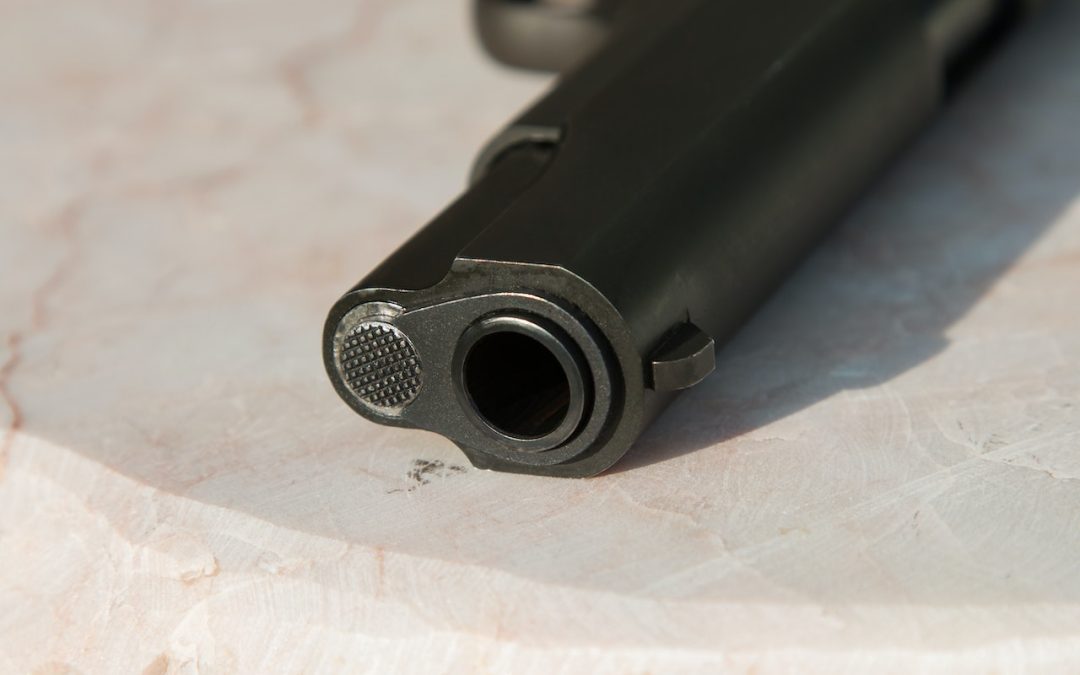RedEye Reloading – What You Need to Know About Reloading Ammunition
There are many reasons why people choose to reload their own ammunition. It can be a great way to save money, as well as allowing you to create custom ammunition that is tailored to your specific needs. Whether you are a competitive shooter, a hunter, or just someone who enjoys shooting for recreation, reloading your own ammunition can be a rewarding and satisfying experience.
In this article, we’ll cover the basics of reloading ammunition, including what equipment you’ll need, and the steps involved in the reloading process.
So if you’re a complete beginner read on for everything you need to know about reloading components.
What are the Different Reloading Components?
There are four main components to reloading ammunition. Let’s take a look at each of these components in more detail.
The Case
The case is the most important part of reloading, as it holds everything together. The case is made of brass, which is a metal that is resistant to corrosion and easy to work with.
The case has several different parts, including the neck, the shoulder, the body, and the base. The neck is the portion of the case that holds the bullet, while the shoulder is the portion of the case that supports the neck. The body is the portion of the case that holds the primer and the propellant, while the base is the portion of the case that supports the body.
The Primer
The primer is a small metal cup that contains a small amount of explosive. When the firing pin of the gun strikes the primer, the explosive is ignited, which in turn ignites the propellant.
The Propellant
The propellant is a powder that is used to propel the bullet. Propellants are usually made of nitrocellulose or similar chemicals.
The Bullet
The bullet is the projectile that is fired from the gun. Bullets are usually made of lead, copper, or brass.
What Equipment Do You Need to Reload Ammunition?
If you are interested in reloading your own ammunition, you will need to have the proper equipment. You can find all of the necessary equipment at your local gun store or online. You will need the following:
- Reloading Press
- Reloading dies
- Reloading scale
- Powder measure
- Priming tool
- Case trimmer
- Chamfering tool
- Deburring tool
- Bullet puller
- flash hole deburring tool
- case lube
- case lube pad
- tumbler
How to Reload Ammunition
The reloading process for gun components is actually quite simple, and once you get the hang of it, it will become second nature. The simplified steps involved are as follows:
- Select the Correct Components For The Caliber You’re Loading
The first step in reloading components is to select the correct caliber for your gun. Cases come in different calibers, so be sure to select the correct one for your gun.
- Clean and Resize the Case
You have a few choices on how to clean the cases. Dry tumbling is most popular. You need to clean the cases to both inspect them and not to scratch the inside of the dies. If you are using fired or new brass cases, you will need to resize them before you can continue.
- Prime the Case
The next step is to prime the case. This is done by selecting the proper primer and pressing it into the primer pocket at the bottom of the case.
- Charge the Case With Gunpowder
Once the case is primed, you can then Charge it with gunpowder. Be sure to use the correct type and amount of gunpowder for your cartridge. This information can be found in a reloading manual.
- Seat the Bullet
The next step is to seat the bullet. This is done by placing the bullet in the case and then using the seating die to push it down into the case. Measure the overall case length and make sure it matches the data in the manual.
- Crimp the Case
Once the bullet is seated, you will need to crimp the case. This is done by using the seating die or a separate crimp die to crimp the edges of the case into the bullet.
- Inspect the Finished Round
Once you have completed all of the steps, you should then inspect the finished round to make sure that everything is correct and it chambers in the gun. If everything looks good, you can then proceed to loading the rounds into your gun.
Conclusion
If you’re interested in taking up reloading as a hobby to save a bit of money on ammunition, this guide should give you a good overview of the process and help you get started. Reloading your own ammunition can be a fun and rewarding experience, and with a little practice, you can produce high-quality ammunition that will perform just as well as factory-loaded rounds. So what are you waiting for? Get started today!
Are you looking for reloading supplies with free shipping in Myrtle Beach? RedEye Reloading has got you covered! We offer reloading accessories at fair prices. Browse through our products today!
